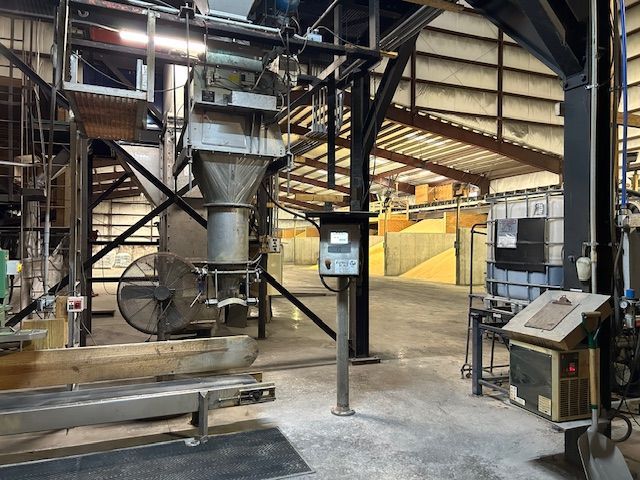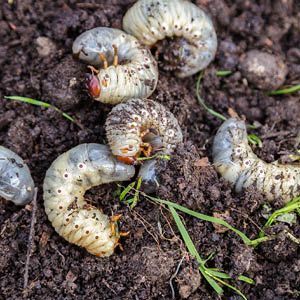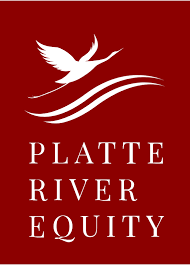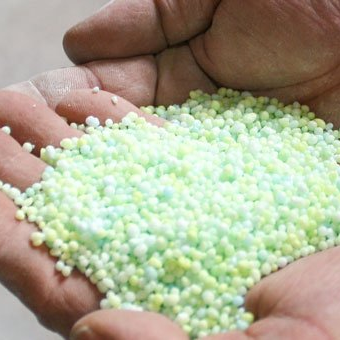Enhanced efficiency fertilizers (EEFs), just what are they?
What are EEFs and what types are available?
The official definition of enhanced efficiency fertilizers defined by the Association of American Plant Food Control Officials (AAPFCO) is, fertilizer products with characteristics that allow increased plant uptake and reduce the potential of nutrient losses to the environment (i.e. gaseous losses, leaching or runoff) when compared to an appropriate reference product. To simplify the definition, EEFs are fertilizers that increase nutrient availability and decrease the loss of those nutrients to the environment by maintaining the nutrients within the root zone of the turfgrass. The initial response for EEFs can range from just a few days to a few weeks but the longevity of the EEF can be several months, sometimes even up to 12. EEFs can have different release mechanisms involved ranging from temperature-controlled diffusion, microbial, solubility, and hydrolysis, just to list a few. The initial response, longevity, and release mechanisms all depend on what type of EEF is used. Although there are several classes of EEFs, we will only be discussing three types. These types are controlled-release, slow-release, and nitrification inhibitors.
Controlled-release fertilizers use coatings, such as advanced polymer-coated urea, to delay or extend the nutrient availability of nitrogen to the turfgrass that it is applied to. They release the nutrients based on osmosis and diffusion through the coating. Water passes through the polymer layer and dissolves the nutrients inside. Those nutrients then slowly release from the coating and into the soil. The release rate and longevity depend on the coating thickness and soil temperature.
Slow-release fertilizers use coatings, such as sulfur and wax, to react urea with other ingredients that slowly decompose and break down by chemical and/or biological processes in the soil, thus delaying nitrogen release. Cracks in the coating allow water to move in and dissolve, then release the urea. If the coating is intact then water movement through the coating results in internal osmotic pressure that cracks the coating and releases the nutrients. This process is called catastrophic release. Microbial degradation of the coating also allows water to reach the urea, dissolving and releasing it.
Nitrification inhibitors work in the soil by slowing the microbial conversion of ammonium to nitrate. They are antibiotics that may be effective at reducing nitrogen loss for several weeks depending on conditions. They only function in a limited area around the granule. These chemical compounds temporarily reduce populations of certain bacteria that are responsible for converting ammonium to nitrite and nitrite to nitrate in the soil. Depending on soil temperature and pH, efficacy can range from two to several weeks.
The Benefits of Using EEFs on Turfgrass
Now that you understand a little more about what exactly enhanced eficiency fertilizers are, let’s dive into the benefits of using EEFs on your turfgrass. EEFs control the nutrient intake of the fertilizer into the turfgrass. Traditional soluble fertilizers quickly dissolve into the soil. When fertilizer is quickly dissolved, the turfgrass can’t readily absorb all the nutrients. This gives a potential increase for them to be lost to the soil and possibly into surface and groundwater. Since slow- and controlled-release fertilizers gradually deliver nitrogen and other nutrients to match the turfgrass uptake needs, EEFs can virtually eliminate nutrient loss due to leaching and denitrification. With this steady feeding to the turfgrass, surge growth is minimized, and the number of fertilizer applications are reduced. With traditional fertilizers, multiple applications are common to keep the turfgrass green and healthy. However, only a limited amount of applications is needed with EEFs. EEFs also have high carbon to nitrogen ratios which provide increased microbial activity, thus fortifying soils and reducing thatch buildup. The compounds found in nitrification inhibitors protect against both denitrification and leaching by retaining fertilizer nitrogen in the ammonium form.
Environmentally Responsible
Using enhanced efficiency fertilizers is not only beneficial to the turfgrass you are applying it to, but it is also beneficial for the environment. EEFs benefit the environment both directly and indirectly. Since EEFs increase nutrient availability and decrease the loss of those nutrients to the environment, this reduces the greenhouse gas emissions and water contamination that happens when using traditional fertilizers. Traditional fertilizers are also subject to loss by leaching through the soil or volatilizing (escaping into the atmosphere), which harms the environment. A nutrient that leaves its intended application site is considered a pollutant. Leaching is when a nutrient moves beyond the turfgrass root system and is no longer available for the turfgrass to absorb. With leaching and runoff, there is the risk of contamination of ground water which can lead to health hazards. If the nutrients get into water bodies or wetlands there is an increased risk of algae blooms and other plant growth that reduces the water’s ability to support life. By using EEFs, you reduce the risk of losing valuable nutrients and therefore reduce the environmental impact.
Protect Your Return on Your Fertilizer Investment
Using enhanced efficiency fertilizers allows you to do more with less. This is not only beneficial and economical but is also great business. If you get paid per application or visit, you can easily switch that over to having the customer pay you for the results and not the trips you take. If you use cheaper products or eliminate needed applications to cut costs, it will only backfire in terms of reduced lawn quality and dissatisfied customers. Using EEFs effectively delivers more nutrients to the turfgrass while reducing nutrient losses. This cuts down the cost of supplies needed. Therefore, you are not losing out on wasted product and it gives you a chance to save on your fertilizer budget and increased profits. EEFs are also environmentally responsible with low risks of nutrient leaching, denitrification, runoff, and volatilization, so you can use that as a selling point. With fewer fertilizer applications, this allows for optimized labor allocation. You also save money on fuel and equipment upkeep. So, if you decide to use EEFs, your return on fertilizer investment is protected.
Conclusion
So now you know a little more information on enhanced efficiency fertilizers. EEFs are fertilizers that increase nutrient availability and decrease the loss of those nutrients to the environment by maintaining the nutrients within the root zone of the turfgrass. There are several classes of EEFs but the ones that were discussed in this blog were controlled-release, slow-release, and nitrification inhibitors. All three of these EEFs help to prevent nitrogen loss into the environment. There are numerous benefits to using EEFs, but the main benefit is the turfgrass that the EEFs are applied to will stay healthy and green longer with less applications. EEFs are very beneficial for the environment and help to prevent leaching, volatilization, runoff, and greenhouse gas emissions are decreased. You will protect your return on fertilizer investment if you switch to using EEFs by delivering more nutrients to the turfgrass while reducing nutrient loss. You avoid wasting product and can allocate the extra time needed for other jobs. Overall, enhanced efficiency fertilizers are the key to maximizing turf health, sustainability, and your return on investment.
Sources:
https://archive.lib.msu.edu/tic/wetrt/page/2009apr31-40.pdf
https://landresources.montana.edu/soilfertility/documents/PDF/pub/EEFEB0188.pdf
https://edis.ifas.ufl.edu/hs1247
http://nmsp.cals.cornell.edu/publications/factsheets/factsheet45.pdf
https://cropwatch.unl.edu/2019/nitrogen-inhibitors-improved-fertilizer-use-efficiency
https://www.nrcs.usda.gov/Internet/FSE_DOCUMENTS/stelprdb1046139.pdf
https://partnershipfarm.org/wp-content/uploads/2019/10/EEF-Draft_Final-012418MA-1.pdf
Turf Care Supply - TurfReport Blog




